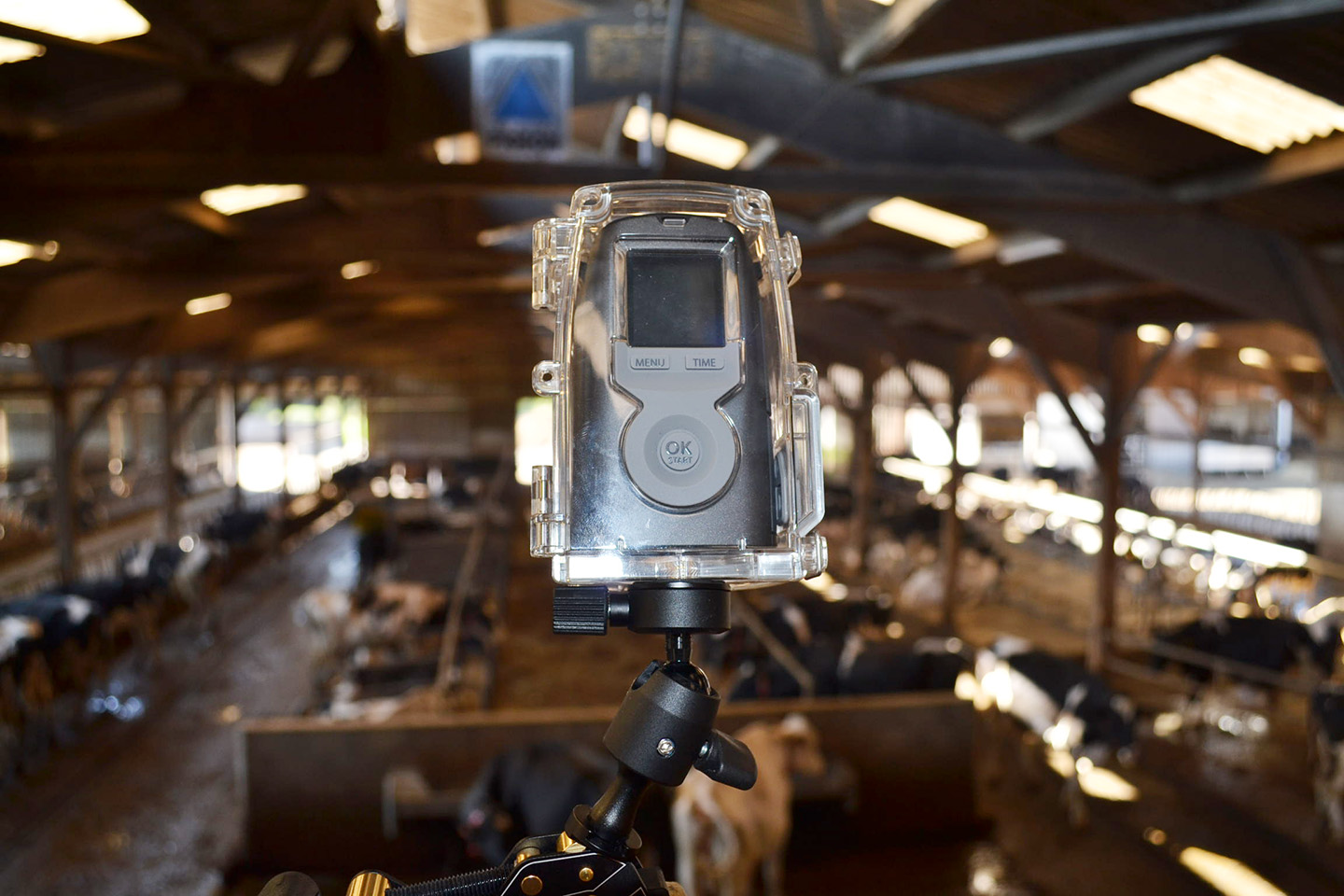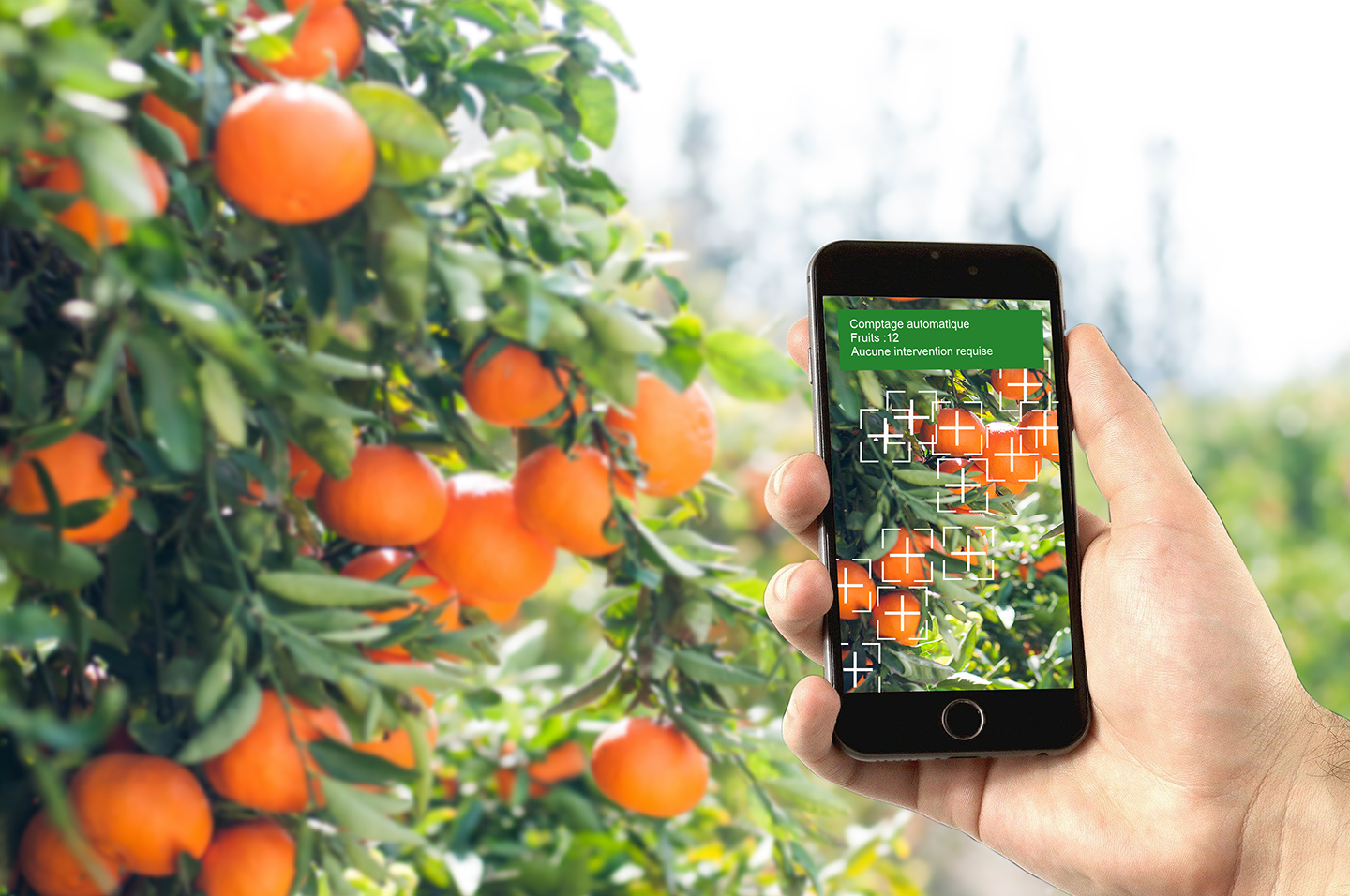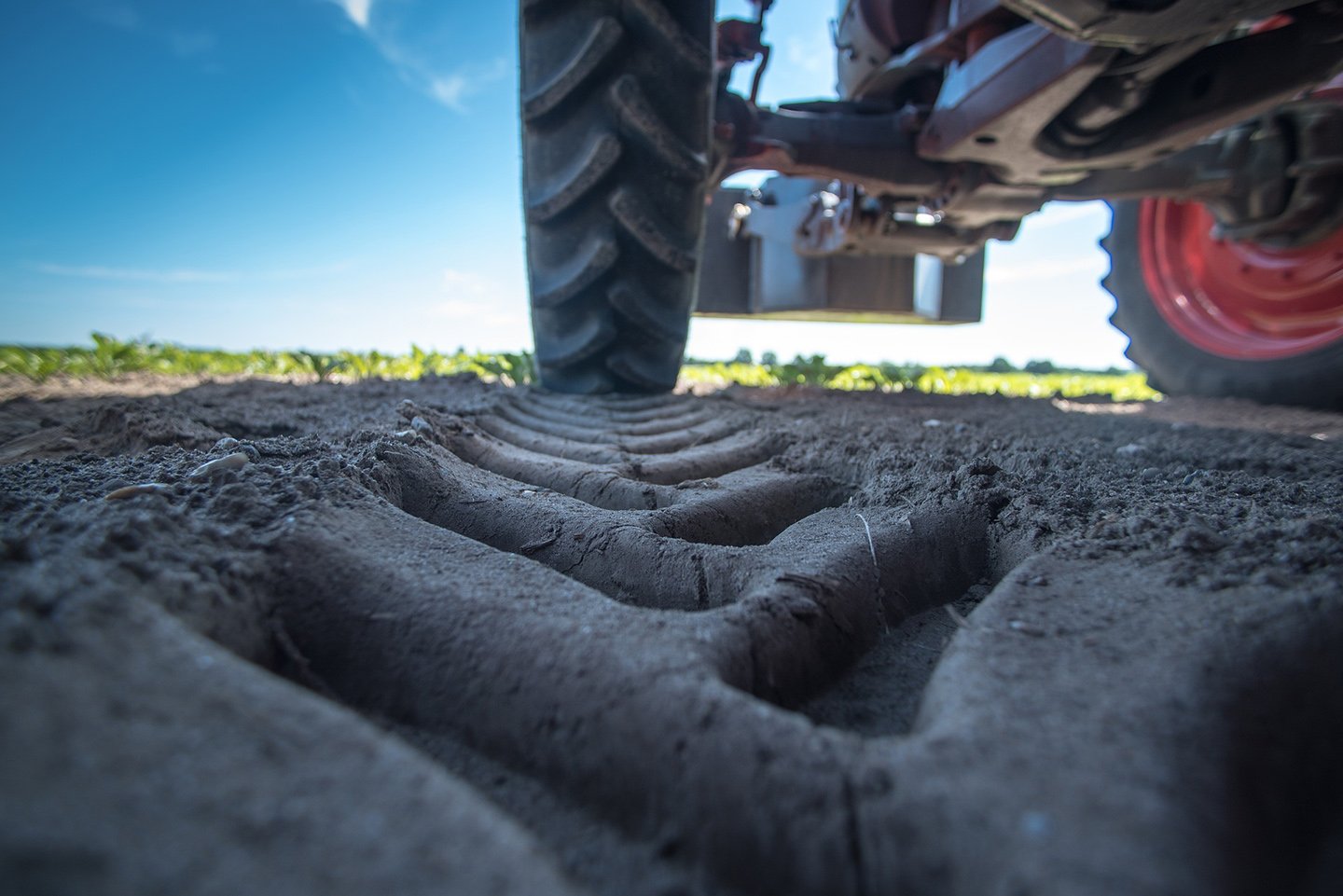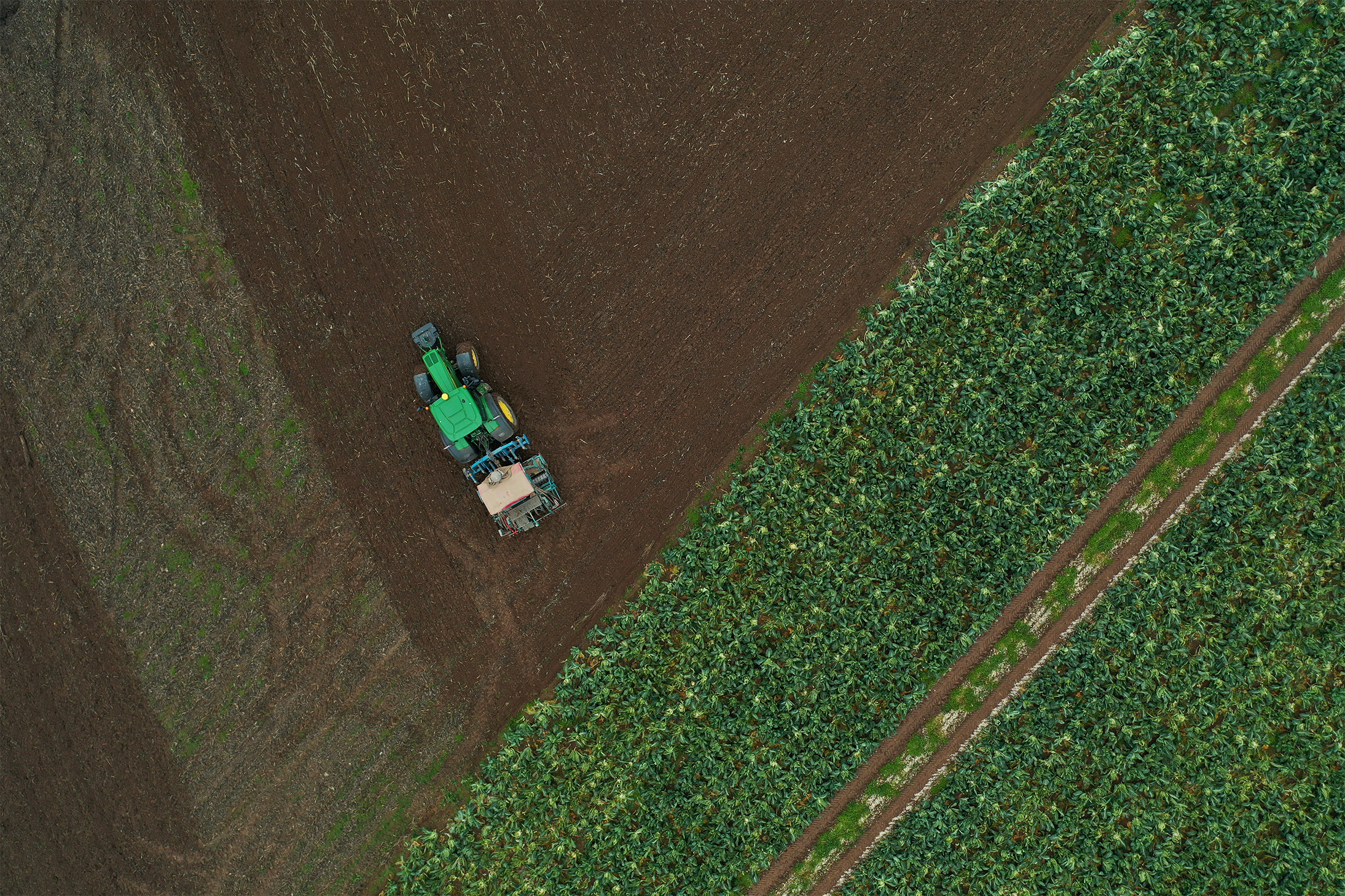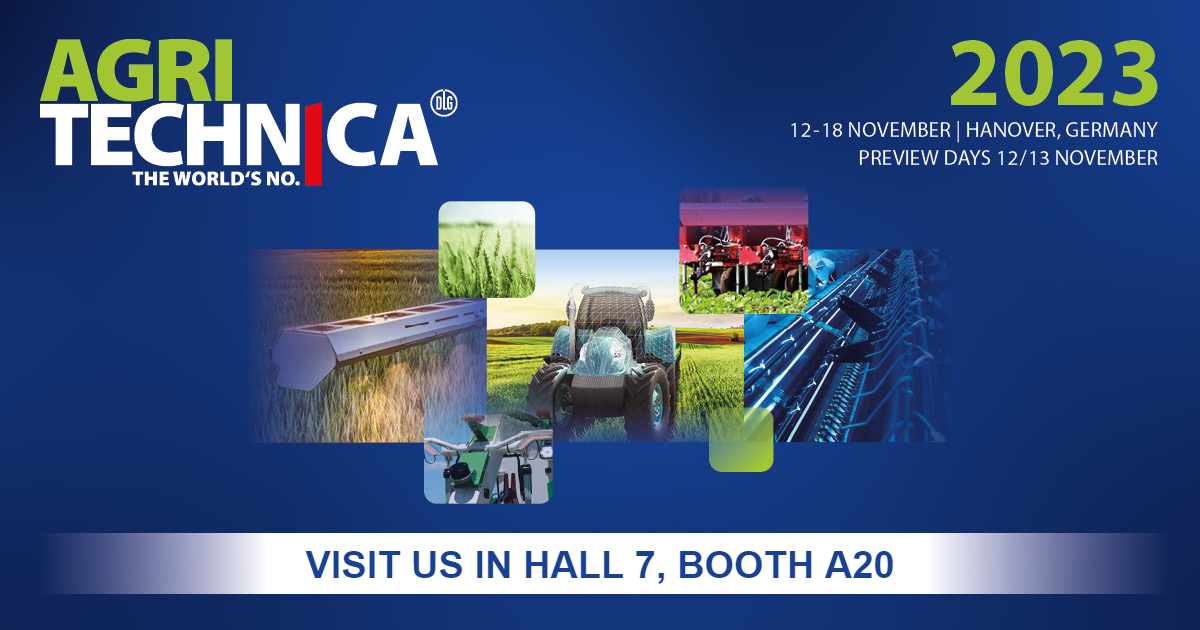Agriculture is a sector in constant evolution. It is also a breeding ground for innovation. Far from artificial intelligence, computer vision and today's modern technologies, the first evolution of agriculture appeared in the 1950s. Also known as the "green revolution", this phase was marked by the arrival of agronomic practices such as nitrogen inputs and new tools such as synthetic pesticides, fertilizers and specialized machinery.
GPS guidance, the beginnings of precision farming
We had to wait until the 1990s to talk about precision agriculture. The new technologies of the day are coming to the heart of farms. The use of GPS signals is no longer reserved for military purposes only, it is now available to the public and businesses.
|
|
Very quickly, the GPS finds its place in the agricultural environment. In the mid-1990s, farmers used these signals for manual guidance of their vehicles and then for aerial spraying. The first automatic guidance solutions appeared in the late 1990s. Although still not very accurate, a few dozen centimeters or even meters, GPS already allows for greater comfort by reducing the time of activity and also increasing productivity. For example, in crop production, overlaps between the different passes of machines are reduced, and consequently the expenses for diesel, fertilizers and seeds are also reduced.
Agricultural machinery guided in an ever more precise way
Precision agriculture can be seen as the gradual introduction of increasingly reliable and advanced technologies.
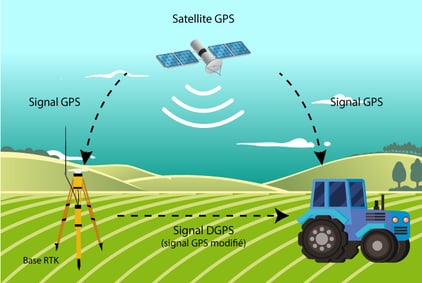
The objective is to move from pure efficiency in terms of cost reduction to profitability. During the 2000s, the accuracy of guidance was improved to within a few centimeters, thanks in particular to the use of RTK.
|
This gain in precision brings new perspectives. We are now moving from guidance assistance to autosteering. Whereas guidance assistance is merely an indicator that gives the driver feedback, such as a course to follow, using light signals, autosteering is a real gain in comfort. It allows the driver to free himself from driving, in other words to let go of the steering wheel! Tillage, sowing, spreading and harvesting tasks are optimized. You can now "follow in your own footsteps" from one shift to the next to improve your profitability.
Towards ever-smarter agricultural machines
Since the beginning of 2010, a new impetus has been observed in precision agriculture with the evolution of several technologies. Cheap and improved sensors and actuators as well as low-cost microprocessors are now available. This set of new intelligent technologies, mounted on tractors, combines and other equipment, now allows for advanced automation capability that brings greater precision to actions such as spraying, seed placement and guidance.
GPS, whether corrected or not, is now coupled with other technologies, broadening the scope of possibilities. The machines are no longer only able to locate themselves, they now have the possibility to "see" thanks to the integration of cameras, ultrasonic sensors or laser. Using the example of Lidar ("laser detection and ranging") a machine knows how far away the objects around it are. If a person or an animal gets too close to the machine, the autosteering system can then take the decision to stop the machine or brake it.
Computer vision, the next evolution in the guidance of agricultural machinery
This new impetus paves the way for the next evolution of agriculture consisting of unmanned operations and autonomous decision-making systems. Livestock production, already a precursor in the field with the use of milking robots, forage pushers or scraper robots, will see the arrival of a multitude of new tools allowing precise monitoring of their herd on subjects ranging from health to reproduction.
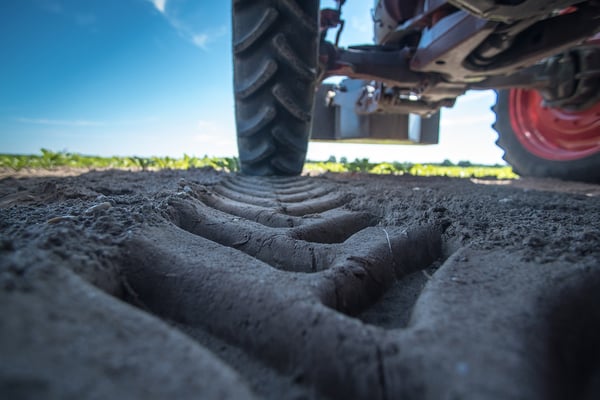
Computer vision is undoubtedly the next driver of this evolution. The know-how of specialized companies such as Dilepix, coupled with the expertise of recognized machinists can only improve the guidance capabilities of their machines. Thus, precision actions will become more and more numerous and varied, a godsend for the future of farms.


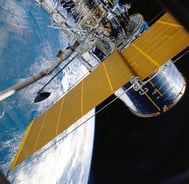 But first of all, what exactly is GPS? GPS means "Global Positioning System" in English. It is a satellite positioning system. Whoever retrieves the signals emitted by these satellites is then able to know his position on "the surface" of the Earth. The exploitation of these signals is very often carried out by means of an electronic device, also called a GPS receiver, which can be portable or embedded in a vehicle. GPS is only one positioning system among others, American in this case. There are also the Glonass (Russian) and the Galileo (European) whose deployment is scheduled to be completed in 2020.
But first of all, what exactly is GPS? GPS means "Global Positioning System" in English. It is a satellite positioning system. Whoever retrieves the signals emitted by these satellites is then able to know his position on "the surface" of the Earth. The exploitation of these signals is very often carried out by means of an electronic device, also called a GPS receiver, which can be portable or embedded in a vehicle. GPS is only one positioning system among others, American in this case. There are also the Glonass (Russian) and the Galileo (European) whose deployment is scheduled to be completed in 2020.